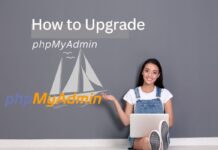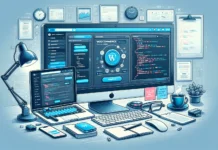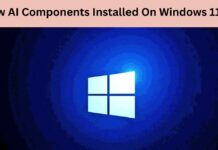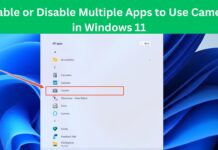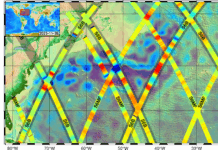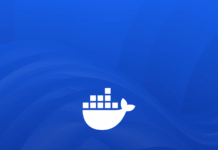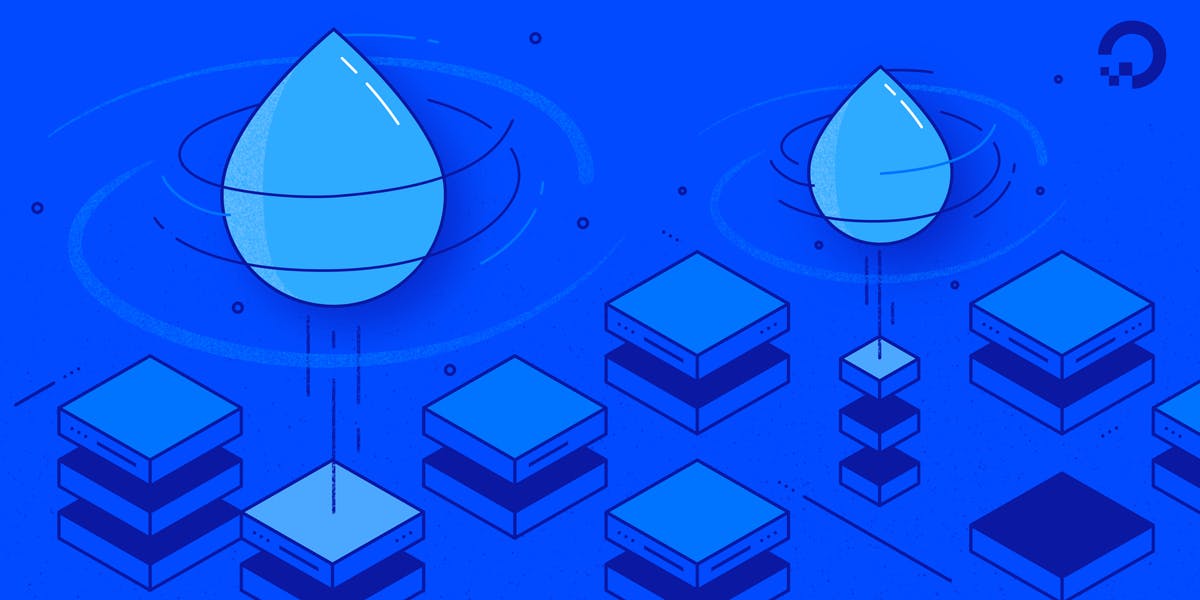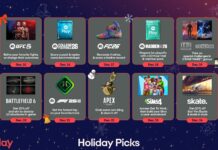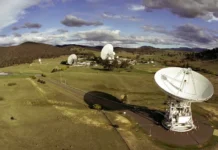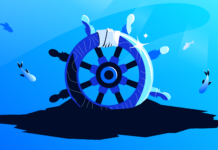Welcome to the latest updates on the GradientAI Platform, where we bring you a comprehensive overview of recent advancements and features that are redefining the landscape of AI development. As an independent tech blog, we aim to provide you with detailed insights into the latest updates, ensuring you have the knowledge and tools to leverage these powerful innovations in your projects.
### Week of June 9th: Serverless Inference on GenAI Platform
The GenAI Platform by DigitalOcean introduces a groundbreaking feature—serverless inference. This innovation allows users to obtain direct responses from foundational models without the necessity of creating an agent. Imagine having seamless access to models hosted by giants like OpenAI, Anthropic, and Meta through a single API endpoint. This feature not only simplifies the process but ensures secure access through model access keys. For developers and businesses, this means streamlined integration and enhanced efficiency in deploying AI models. Learn more about this at DigitalOcean’s blog.
### Week of April 28th: Agent Management Enhancements
DigitalOcean has rolled out significant updates to the GenAI Platform, focusing on enhancing agent development. Key features include agent versioning, agent insights, and knowledge base citations. These updates are designed to improve transparency, auditability, and performance of AI agents, making them more effective for real-world applications. By offering such robust tools, DigitalOcean paves the way for developers to build smarter, more accountable AI solutions.
### Week of April 21st: Agent Studio and Runtime Logs
Enhancements have been made to the Agent Playground and API experience within the GenAI Platform. Users can now view the knowledge bases, functions, and guardrails utilized by their agents to generate responses. Additionally, runtime logs have been introduced, allowing users to track events during an agent’s execution. This transparency helps in fine-tuning agent performance and understanding the underlying processes better. Moreover, new GenAI Platform Agent Templates have been introduced, enabling quick creation of agents with predefined instructions and models, streamlining the development process for specific use cases.
### Week of April 14th: Smarter Knowledge Bases
The GenAI Platform now boasts enhanced knowledge base features, including web crawling, custom crawl rules, and one-click reindexing. These improvements ensure your AI agents are consistently updated with real-time, context-rich information, enhancing their ability to deliver accurate responses. Furthermore, the Claude Sonnet 3.7 model is now available, offering developers more options to choose from when designing their AI solutions.
### Week of April 7th: OpenAI Model Support and Tutorials
The GenAI Platform now supports OpenAI models, including GPT-4o, o1, and o3-mini. This update provides developers with the flexibility to integrate these advanced models into their AI agents, expanding the potential for creating sophisticated applications. To help developers get started, tutorials on building AI chatbots for Slack and automating document analysis using GenAI are available, providing step-by-step guidance on leveraging these powerful models.
### Week of March 31st: Real-Time AI Agents and Security Automation
DigitalOcean has released tutorials on building real-time AI agents and automating security questionnaires using the GenAI Platform. These resources are invaluable for developers seeking to enhance their applications with dynamic data retrieval and processing capabilities. The tutorials also demonstrate how to use serverless functions to create responsive AI agents that can handle complex tasks efficiently.
### Week of March 24th: Improved Web Crawling Capabilities
The web crawler for GenAI knowledge bases can now handle up to 5,500 URLs, a significant increase from the previous limit. This enhancement allows for more comprehensive data collection and indexing, ensuring that AI agents have access to a broader range of information for training and response generation.
### Week of March 17th: AI Article Reviewer and Kubernetes Agent
Learn how to build an AI article reviewer using GenAI Platform and GitHub Actions, enabling automated style-consistent code reviews. Additionally, explore the creation of a real-time AI agent for Kubernetes, which automates generation, validation, and troubleshooting of Kubernetes manifests. These tutorials provide practical insights into leveraging AI to simplify and enhance various development processes.
### Week of March 10th: Building AI Agents and Chatbots
Discover how to create customizable AI agents or chatbots using the GenAI Platform. The guide offers detailed instructions on model selection, knowledge base integration, and deployment, helping developers to build tailored solutions that meet specific needs.
### Week of February 24th: Web Crawling and Data Guardrails
The GenAI Platform now allows the addition of websites as data sources for knowledge bases. This feature, combined with sensitive data detection guardrails, ensures that AI models are trained with comprehensive and secure datasets. These updates provide developers with the tools to build robust, privacy-conscious applications.
### Week of February 17th: DeepSeek R1 Deployment Options
Explore three different ways to deploy the DeepSeek R1 LLM on DigitalOcean, whether through the GenAI Platform, Hugging Face integration, or GPU Droplets with Ollama. Each method has its advantages, allowing developers to choose the best fit for their project’s needs and requirements.
### Week of February 10th: Anthropic and DeepSeek Models
The GenAI Platform now includes Anthropic’s Claude 3.5 and DeepSeek R1 models, offering more powerful and flexible options for AI development. With serverless model hosting and easy integration, these models are ideal for creating real-time chat applications and solving complex problems.
### Week of February 3rd: Building Multi-Agent Chatbots
In a recent video tutorial, learn how to build a multi-agent chatbot solution using function routing on the GradientAI Platform. This guide provides insights into creating sophisticated chatbot systems capable of handling multiple tasks simultaneously, enhancing user experience and engagement.
### Week of January 27th: GradientAI Platform Introduction
DigitalOcean has introduced the GradientAI Platform, an all-in-one solution designed to simplify AI development. This platform supports advanced generative AI models from providers like Meta and Mistral AI, making it accessible to both experienced developers and newcomers. Key features include retrieval-augmented generation, function routing, agent customization, and guardrails, empowering users to create secure, context-aware applications.
With these updates, DigitalOcean continues to push the boundaries of AI development, offering tools and resources that cater to a wide range of applications and industries. By staying informed about these advancements, you can harness the full potential of the GenAI and GradientAI Platforms to drive innovation in your projects. For more detailed information, you can visit DigitalOcean’s official blog.
For more Information, Refer to this article.








